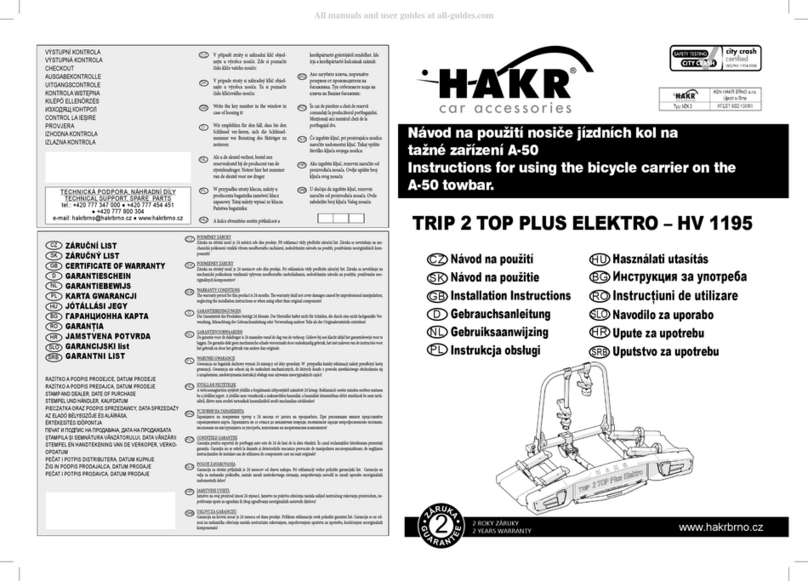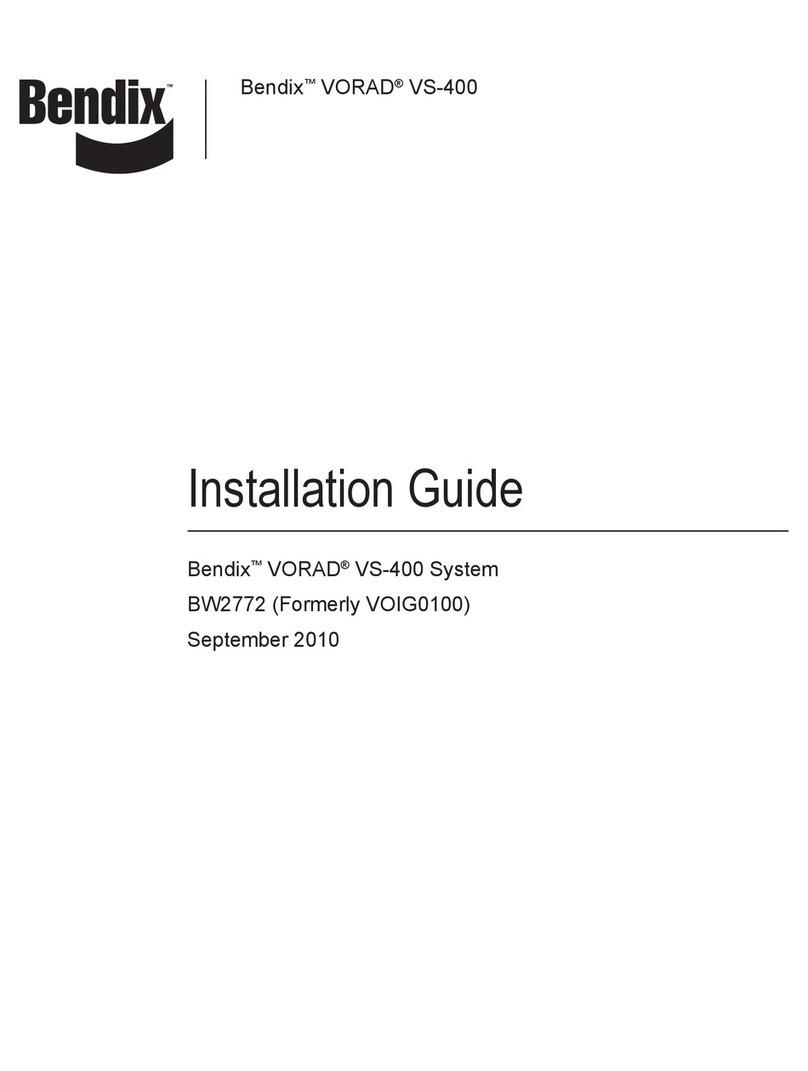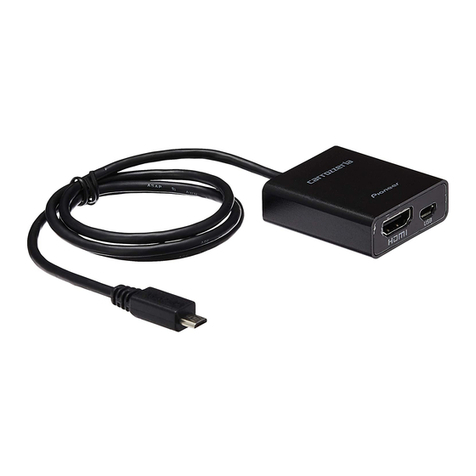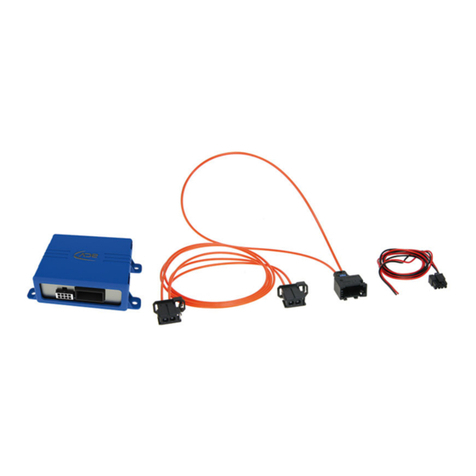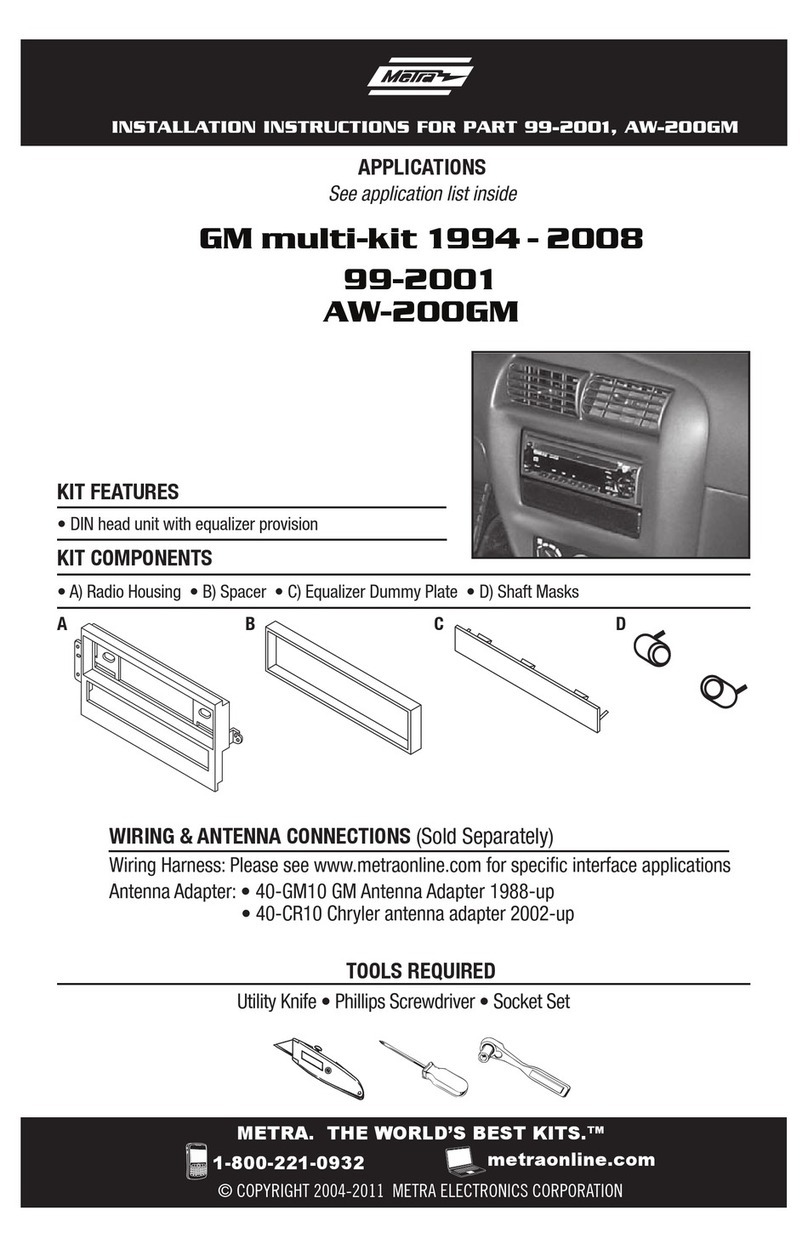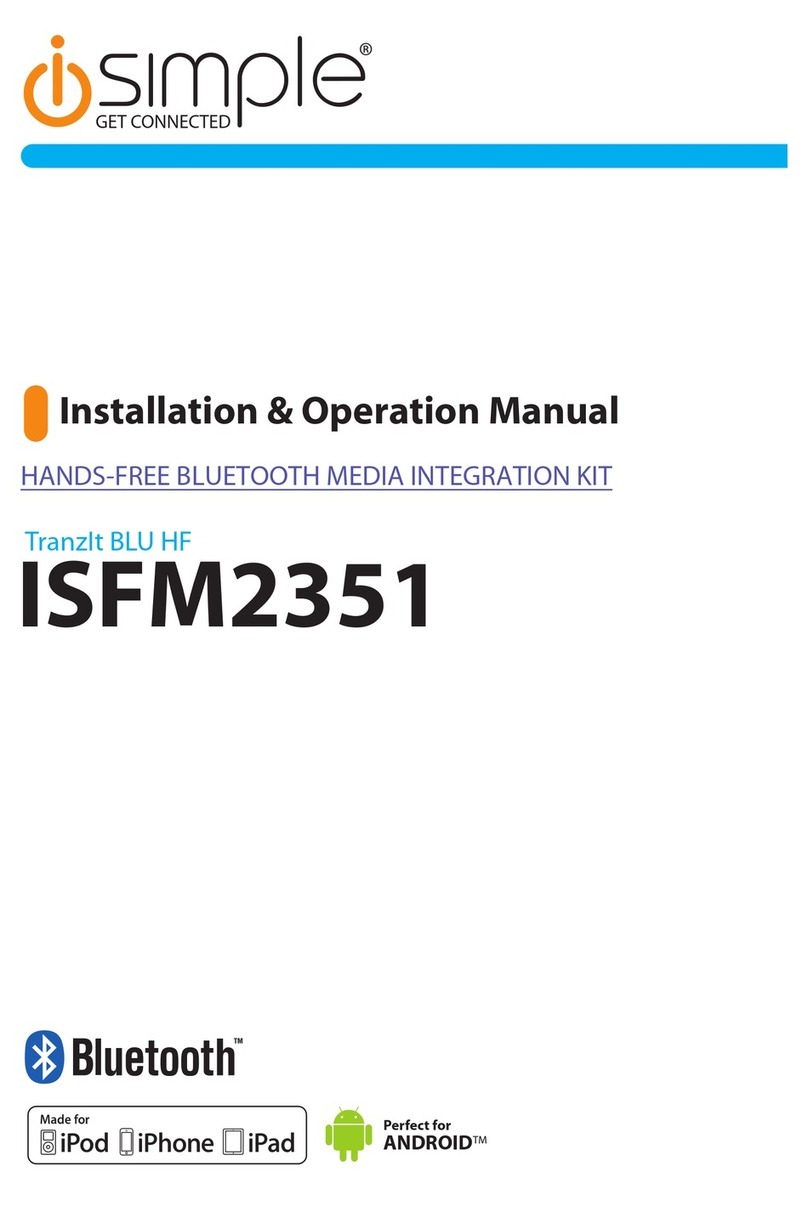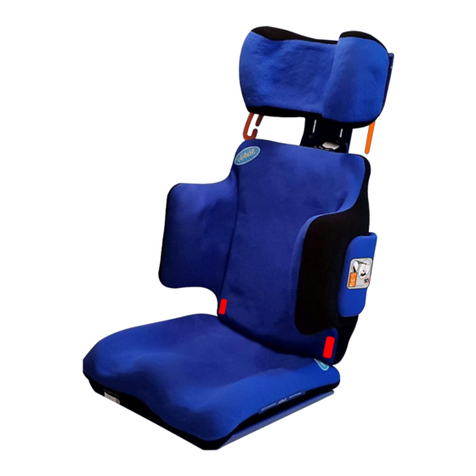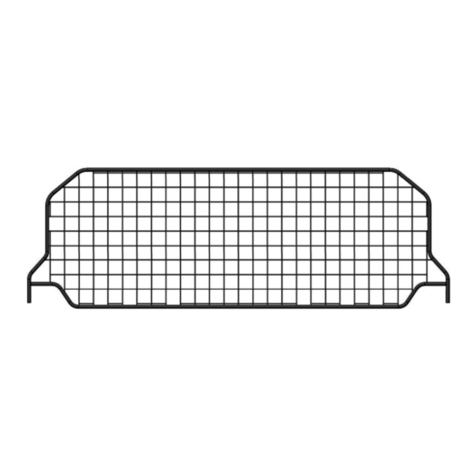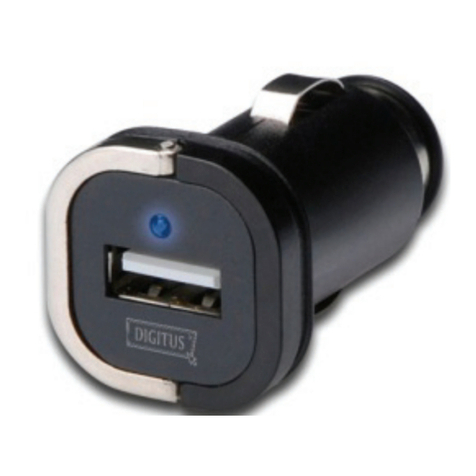ROSCO HVAC SkelStart Assembly instructions

engine start module
installation guide
and user manual
Skeleton Technologies 24V / CCA 6,033
5 PCS 24 V ENGINE START MODULES
PARALLEL FOR 24 V SYSTEM
Keep this user manual in your vehicle.
www.roscohvac.com

Safety rst About the SkelStartTM
Engine Start Module
The SkelStart ESM enables drivers to start a vehicle
engine in situations where the engine cannot be
started by normal batteries owing to, for example,
extreme weather conditions or aged batteries, or
where there is insufcient power in the batteries
to start the engine. The SkelStartTM ESM is able to
supply sufcient power to start the engine even
at −40 °C. SkelStart comes with stud terminals,
possible to have with standard battery posts.
What do you need
for installation?
The additional materials that may be needed for
installation are listed below. These items are not
included with the SkelStartTM ESM, but may be
necessary for isolating other vehicle electronic
non-starting loads from the starter system.
+bolt, washer, nut (M8)
+electrical insulation material (heat shrink)
for proper insulation
+cable to connect other vehicle electronic
non-starting loads to the positive (+)
battery terminal
+standard shop tools
WARNING
Installing the
SkelStartTM ESMs
Mounting location
SkelStartTM installation requires the installation of
a bracket or a shelf on which to place the ESM. The
shelf must be in a safe location, away from any direct
heat sources.
The Starter
Positive (+) Terminal
Status Button
Status Indicator (LED) Fig 1. SkelStartTM ESM
Electrical installation
Do not connect cables from the battery
to the starter (S+) terminal of the ESM.
Cable selection
For SkelStart ESM installation, the following
new cables required:From SkelStart S+
(output) terminal to high current starter
distribution terminal block.From high current
starter distribution terminal block to starter
terminal.From SkelStart B+ (input plus)
terminal to battery + terminal.From SkelStart
B- (input negative) terminal to the ground.
Cable thickness from Distribution Terminal Block to the
Starter "+" solenoid
Sp - cable thickness (mm²)
I - starter peak current (A)
t - starting time (sec)
Cable thickness from SkelStart output (S+) terminal to
Distribution Terminal Block
Pre-installation checks
Before installation of the SkelStartTM ESM, you
need to remove all the cables from the vehicle
batteries. The vehicle batteries need to be
charged. Clean the battery terminals to remove
any corrosion or grease.
Length of cable (m) 4.5–6 6.1–7.5 7.5–9 9.1–12
Cable size (mm2)35 50 50 70
Electrical connection identication
32
SkelStartTM specications
Specications Unit SkelStartTM 24V
Charged full Voltage V 28.2
Rated Capacitance, initial F1,600
Resistance* mΩ0.46
Maximum Peak Current
(for 0,4s duration)*
A19,803
Maximum Stored Energy Wh 176.5
CCA* A6,033
Peak Power* kW 430
Charging current A max. 80
Charging voltage range V 18-32
Recharge time FROM 0 V min 10
Net mass* kg 42.5
The battery
Positive (+) Terminal
The battery
Negative (-) Terminal
(ground connection)
Wiring instructions
1. Before installation, remove all the cables from the
vehicle batteries.
NOTE: Do not connect the SkelStartTM
before instructed to do so!
2. Most vehicle manufacturers connect the alternator
and other vehicle power cables to the starter
solenoid’s positive terminal. Therefore, all the cables
connected to the Starter Solenoid’s positive terminal
need to be removed (Fig. 2 cables 1, 2, 3 - cable 3 can
consist several cables). Note: the starter can include
an integrated magnetic switch, in which case the
short cable from the magnetic switch to the starter
can remain connected to the positive starter terminal.
3. The cables removed from the positive starter
solenoid terminal should be connected using a
terminal block or a nut–bolt connection (use spring
washer or locknut). This connection will then have
to be isolated from the rest of the vehicle and
mounted securely. This can be achieved by bundling
the cables together using cable ties and covering the
connection with heat shrink (Fig 3. cables 1,2,3).
Note: the connection must be fully isolated from
the mass of the truck and should be secured in such
a way that vibration, abrasion or corrosion cannot
cause a short circuit.
4. Construct a new cables to connect the SkelStartTM
S+ terminals to the high current distribution
terminal block. Make sure that the terminal block is
securely isolated from surroundings. (Fig. 3 cable
4). The recommended cable size from SkelStart to
distribution terminal block - based on the length
of the total cable - can be found in the table above
"Cable thickness from SkelStart output (S+) terminal
to Distribution Terminal Block".
k - factor depending on the protective
conductor material PVC-insulated
copper conductor, constant: 143
Sp = √(I² x t) / k
SKELSTART ESM IS NOT A BATTERY
HIGH CURRENT HAZARD
DO NOT CONNECT CABLES FROM
THE BATTERY TO THE STARTER (S+)
TERMINAL OF THE SKELSTART ESM
DO NOT CONNECT IN REVERSE POLARITY
DO NOT JUMP-START
DO NOT DROP THE SKELSTART ESM
DO NOT SHORT CIRCUIT
* Values given based on individual SkelStart. Connection between
devices not included.
All calculations are based on 1 second ESR.

24V SkelStartTM
24V SkelStartTM
24V SkelStartTM
24V SkelStartTM
24V Battery system 24V Alternator
Other vehicle loads
24V Starter
High
Current
Distribution
Terminal
Block
24V SkelStartTM
B - B +
S +
B - B +
S +
B - B +
S +
B - B +
S +
B - B +
S +
+++ +-
Fig 3. 24V system after SkelStartTM modules installation
54
1 2
3
4
7
4
4
4
6
6
6
6
5
5
5
5
Fig 2. 24V system before SkelStartTM installation
1
2
3
5. Construct a new cable from the distribution
terminal block to Starter "+" Solenoid (Fig. 3 cable
7). Take in account the starter maximum current
consumption capability and choose the cable material
and thickness accordingly. See the formula "Cable
thickness from Distribution Terminal Block to the
Starter "+" solenoid". Note: the thickness of this
cable has to be at least, if not thicker, as the existing
starter cable. Install the Distribution Terminal Block
as close to the starter as possible.
6. Construct an additional new cables to connect the
SkelStartTM B+ terminals to the 24 V line on the
batteries (Fig. 3 cable 6). The cable size should be at
least 25 mm2 for lenghts of <5 m and 35 mm2when
the cable length exceeds 5 m.
7. Finally, new cables are required for connecting the
SkelStartTM B- terminals with battery "-" terminal or
to the ground (Fig. 3 cable 5). These cables should be
sized according to the above table.
8. After assembling the cables, mount the
SkelStartTM securely and connect B+ terminals with
the battery "+" terminal. Then connect SkelStart
B- terminals with battery “-” terminal. In addition,
reconnect the vehicle batteries. Do not connect the
starter cables yet.
9. Before making the nal connection, measure
the voltage between the starter cable and both the
positive and negative connections on the SkelStartTM.
In both cases, the multimeter should read 0 V.
A voltage reading other than zero between the starter
cable and either the positive or negative connections
on the SkelStartTM indicates that the starter solenoid
may be unreliable or that there is another path from
the solenoid to the batteries. Connecting the
SkelStartTM in this state can be dangerous and must
be corrected before continuing with the installation.
10. If the voltage reading between the starter cable
and both of the battery terminals reads 0V, then the
cable leading from the starter can be connected to the
SkelStartTM.
11. After ensuring that all the connections have
been fastened securely, the devices are ready to be
switched ON. This is achieved by holding the power
button for each SkelStart down for 5 seconds to
activate separately.
12. Charging has been successfully initiated when
the inbuilt green LED's starts to ash slowly. This
will continue to ash until the SkelStartTM modules
are fully charged, shown when the button light glows
continuously when pushed down.
13. When the charging stops, the SkelStartTM modules
are ready to be used to start your engine!
Notes
+ SkelStarts needs to be discharged under 2V
before connecting to parallel
+SkelStarts needs to be switched OFF before
connecting in parallel
+All SkelStarts connected in parallel will need to be
switched on separately
+ When bypass switch is tted in the system, it
should have no selection to to directly connect
batteries to the SkelStart “S+” terminal
4
65

6 7
SkelStart discharge
Prior to storing or packing the SkelStartTM, please
discharge as follows:
1. If the voltage between the SkelStartTM “S+”
terminal and the “−“ terminal of the batteries is
above 2V
a) Switch OFF the SkelStartTM by holding down the
button for 5 seconds.
b) Disconnect all the cables from the SkelStartTM.
c) Connect a 24V load, such as a headlight (or
two 12V headlights connected in series) or a 24V
blower motor, across the “S+” and “B−” terminals.
Leave them connected until the light goes out or
until the blower motor stops running. This will
discharge the voltage stored in the SkelStartTM.
d) Verify that the voltage is 2V or less.
e) DO NOT use a cable, bare wire or low-/no-
resistance conductor to discharge the SkelStartTM!
2. Using a voltmeter, measure the voltage between
the “S+” and “B−” terminals. If the voltage is less
than 2V, the SkelStartTM is now considered safe for
handling and shipping.
Switching the SkelStart ON/OFF
The SkelStart includes a green light-emitting diode
that displays the status of the unit when the button
is pressed. Holding the button for 5 seconds will turn
the device ON or OFF.
NOTE: This will only affect the charging circuit;
it will not discharge the device or make it safe to
handle if fully charged.
A short press of the button will indicate the state
ofthe device; a single short ash will indicate that the
device is ON. In the OFF state, there is no response.
A blinking LED shows that the SkelStart is charging.
NOTE: if there is dust on the button, it should be
removed prior pressing the button.
Taking care of your SkelStartTM
The terminals should be periodically checked for
oxidation or for loose connections and should be
cleaned or tightened as necessary. Prior to removal
or system maintenance, ensure that the module has
been discharged. No other maintenance is necessary.
Disposal
For your SkelStartTM, do not:
+incinerate
+recycle with batteries
+crush
+dispose of in trash
Dispose in accordance with the local regulations
for electronic waste.
Jump Starting
If a jump start is required, do not connect the jump
start cables directly to the SkelStart. Connect the
jump start cable to the batteries or to a junction box.
Guidelines for handling after
extended period of parking
If the vehicle does not crank the following procedure
should be followed:
+ Make sure that the batteries are in charged to
specied limit
+ Make sure that SkelStart is turned on and ready to
use. This can be done by pressing the button. After
which the LED will be lit for 5 sec.
+ If led does not light up this means that the device is
not ON. To turn on the device press the button for 5
sec. If there is a need for the device to charge the led
will remain blinking.
+ If the led stops blinking this means that the device
is ready to use. This can be validated by pressing the
button and led will be lit for 5 sec.
Removing the SkelStart from
the system temporarily
If there is a need to restore current ow directly from
the batteries to the starter, remove the cable from
SkelStart B+ terminal (battery + to SkelStart cable).
Then remove the cable from SkelStart S+ terminal
(starter to SkelStart cable). After removing cables
from terminals connect these two cables together
with a strong electrical connection. This restores
current ow from batteries to starter, leaving the
SkelStart out of the system.
NOTE: before this procedure disconnect cables from
batteries and make sure you don't touch S+ terminal
with a metal/conductive element connected with ground.

Copyright © 2020 Skeleton Technologies. All rights reserved.
02-SMC-170609-2A5X
engine start module
ROSCO HVAC CORP.
ROSS WERT
780.607.4272
Popular Automobile Accessories manuals by other brands

Whelen Engineering Company
Whelen Engineering Company LED Mirror-Beam MBTC98 Series installation guide
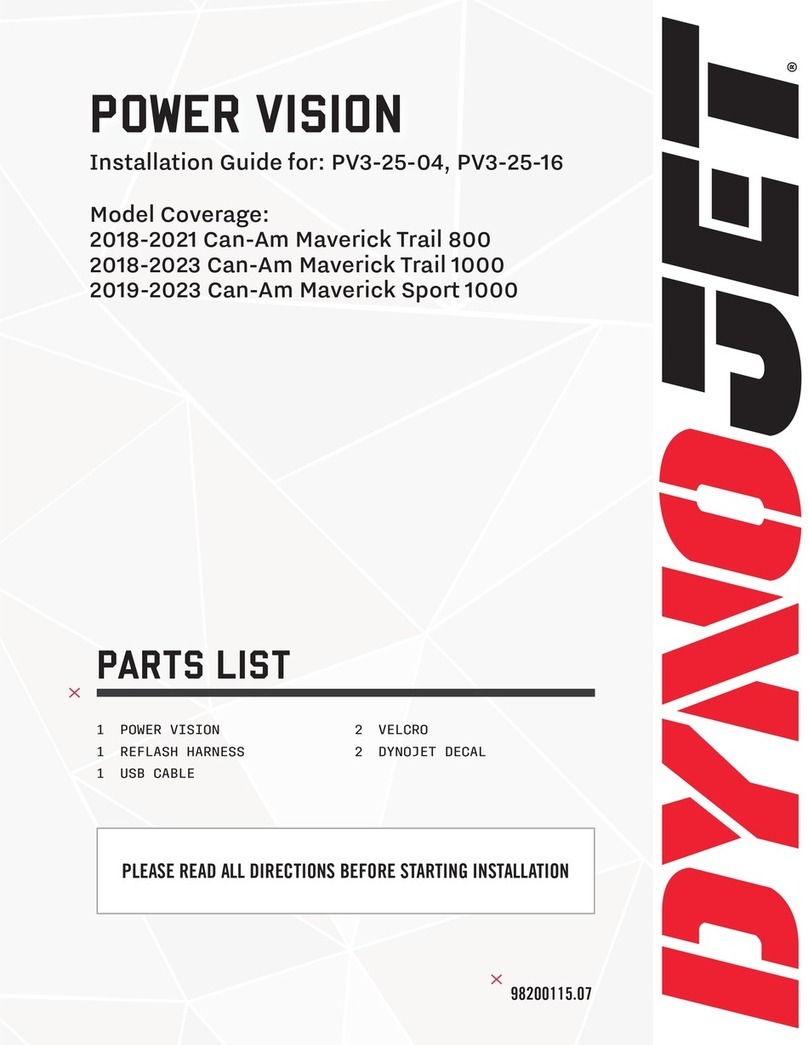
Dynojet
Dynojet POWER VISION PV3-25-16 installation guide
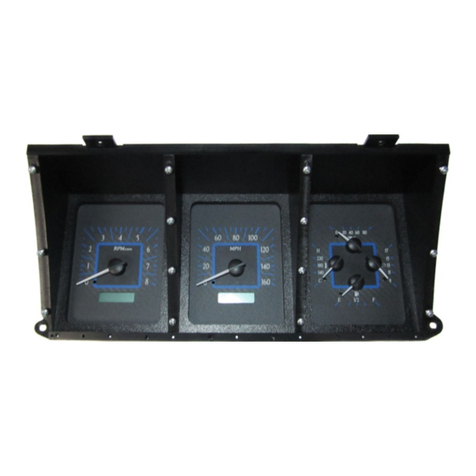
Dakota Digital
Dakota Digital VHX VHX-73F-PU Instrument Installation
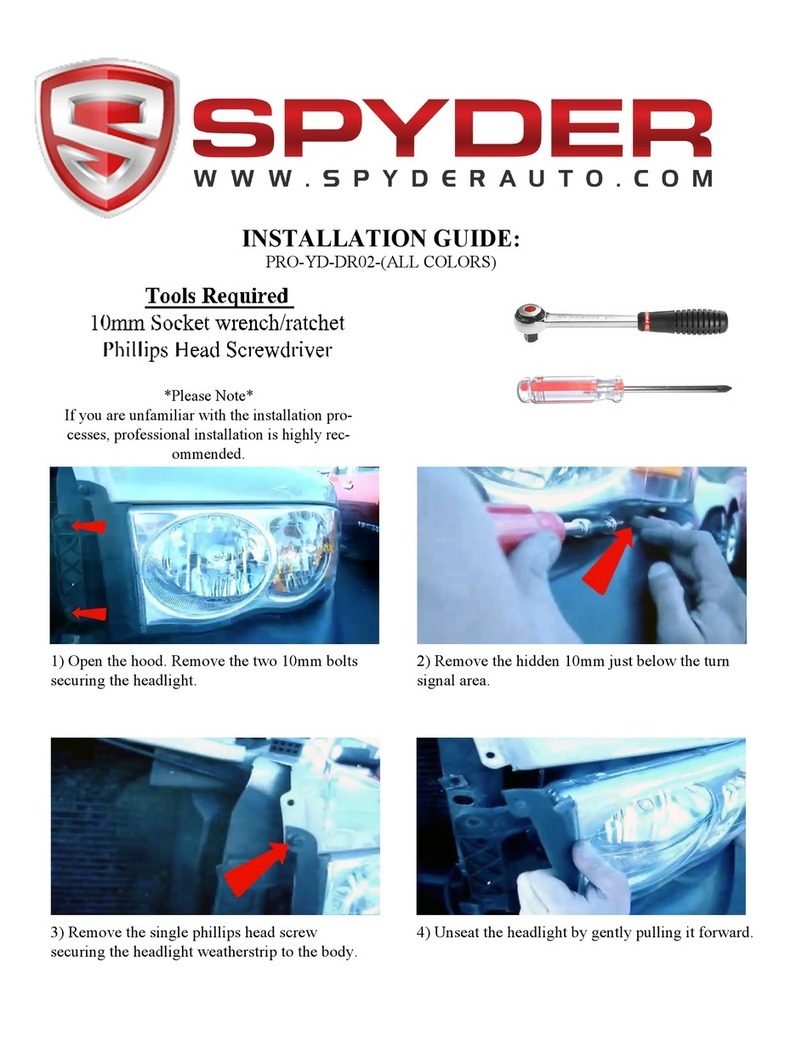
Spyder Auto
Spyder Auto PRO-YD-DR02 Series installation guide

Pyle view
Pyle view PLCM4700 owner's manual
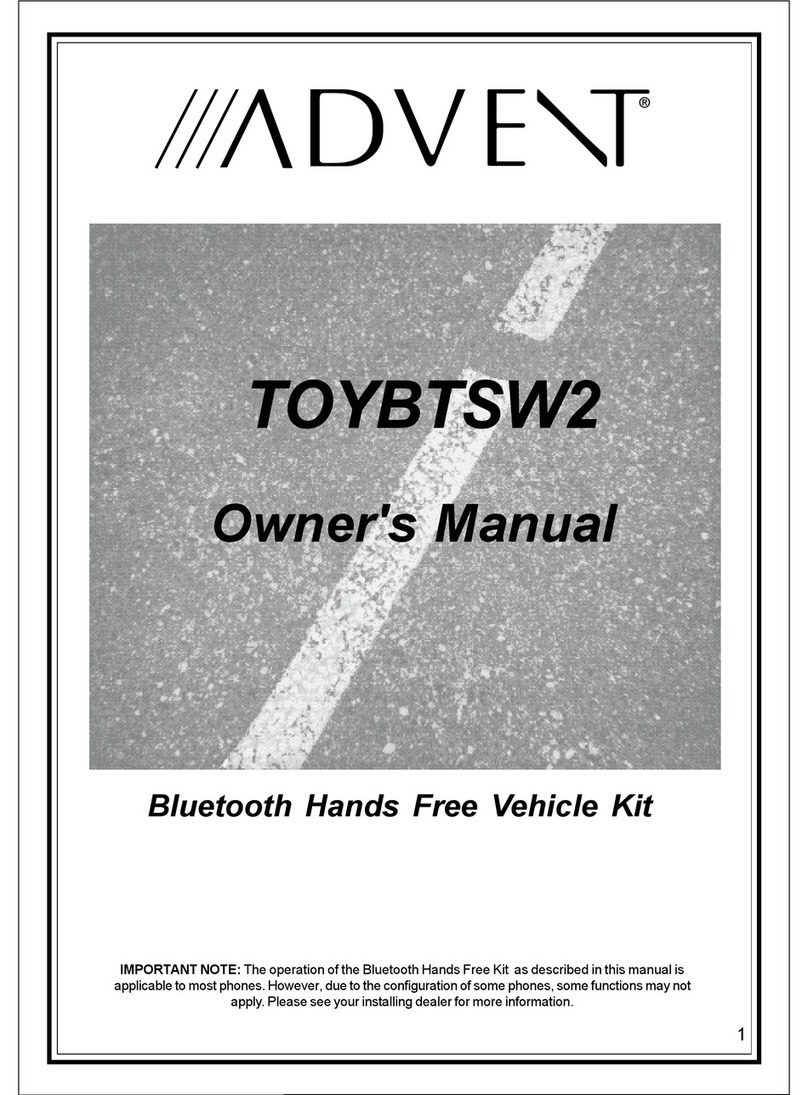
Advent
Advent TOYBTSW2 owner's manual
